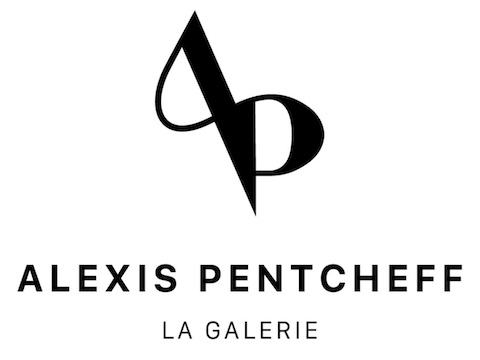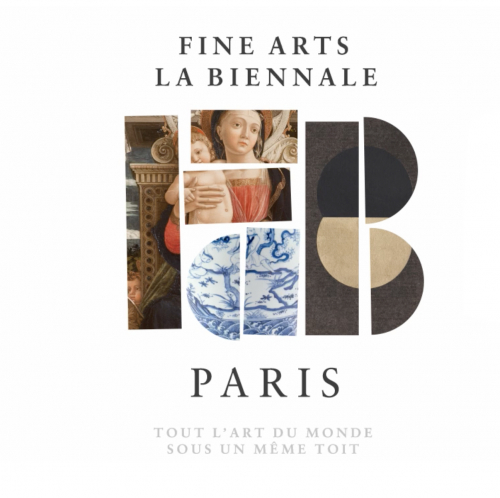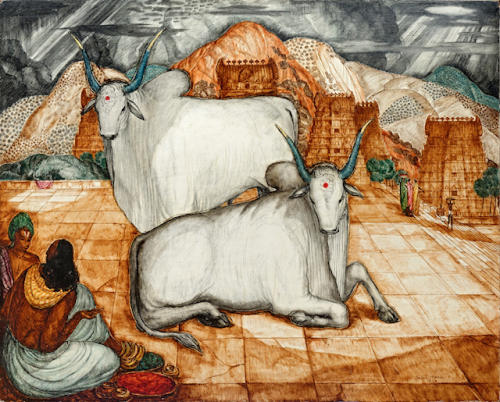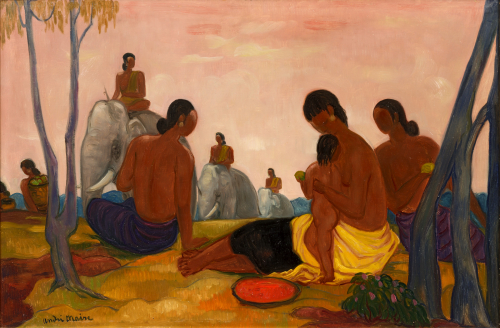André Maire was born in Paris in 1898. His father, sensitive to the beginnings of his artistic gifts, enrolled him in 1909 at the municipal drawing school on the Place des Vosges, where he was a student until his father's death in 1916. The following year, it was his mother who died. To subsist, the young man worked in a theater set factory. He frequented the Devambez workshop and the painter Emile Bernard, to whom he had been introduced a few years earlier, took him under his wing. He taught him a great deal, introduced him to different techniques, and more generally advised him in his readings, in his artistic and personal choices. Mobilized at the end of 1917, André Maire finished his military service in Indochina where he taught drawing. He discovered the site of Angkor, which was to mark him for life. In 1921, after returning from Asia, he went to Italy with Emile Bernard and married his daughter Irene the following year in Venice. The couple stayed there for seven years, running a small gallery where the painter offered his works for sale. They did not, however, break their ties with Paris, where they rented a small studio. The artist began to develop the technique of sepia, which allowed him to create large decorative compositions in which an increasingly pronounced taste for architecture was expressed. In 1930, André Maire won the Casa Velasquez Prize and spent two years in Spain, discovering Toledo, Ronda, Salamanca, Gibraltar... That same year, he bought a house in Burgundy, in Semur-en-Auxois, which became his home port. At the end of the 1930s, the painter discovered Egypt, then India, but while he was still in Ceylon, the war broke out and he was forced to return to France where he had just been mobilized. When the conflict ended, he undertook a trip to Africa, along the Niger River, but this was cut short because he contracted malaria. The year 1947 marked his return to Asia, where he settled for ten years, returning to France only twice in 1951 and 1954. He stayed in Hanoi, Saigon, Dalat, where he was fascinated by the way of life of the populations of the high plateaus and the liveliness of the banks of the Mekong. Finally, the painter went to Madagascar at the end of the 1950s. André Maire's travels were generally of long duration and allowed him to explore not only the landscapes he observed, but also their inhabitants, to become familiar with cultures that were as different as they were fascinating. This humanistic vision characterizes most of his works. From the 1930s onwards, he regularly exhibited in prestigious Parisian galleries, notably at Charpentier as well as at the Georges Petit Gallery, but also in Brussels at Isy Brachot. He spent the last years of his life in the family home in Semur-en-Auxois, where he continued to paint, inhabited by daydreams and memories of so many travels. At the end of 2015, the Alexis Pentcheff Gallery, in collaboration with Mrs. Lorédana Harscoët-Maire, the artist's daughter, organized a major retrospective of the artist's work, presenting more than a hundred works.
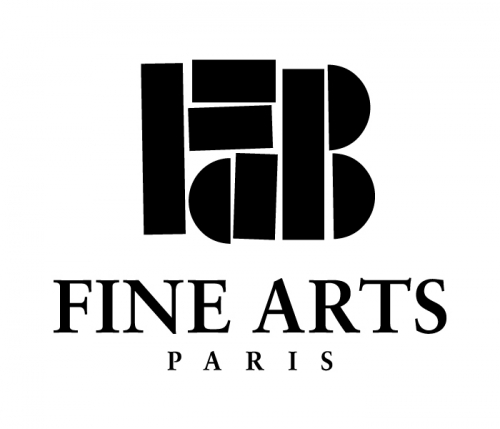
FAB PARIS 2025
20 September 2025 - 24 September 2025
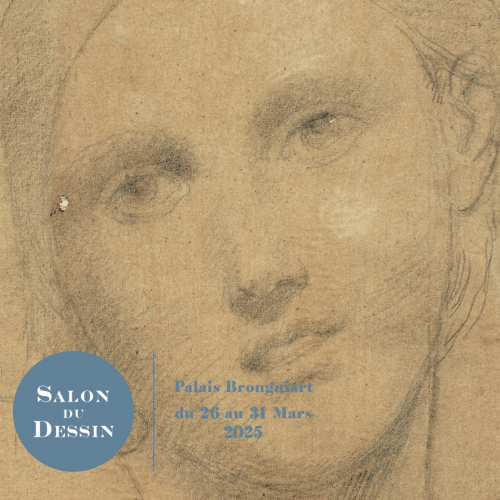
Salon du Dessin
26 March 2025 - 31 March 2025
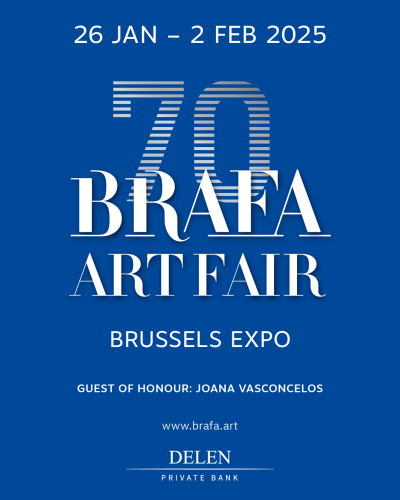
BRAFA 2025
24 January 2025 - 3 February 2025
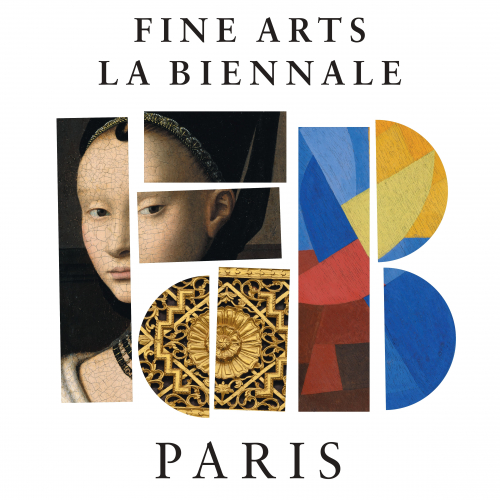
FAB 2024
22 November 2024 - 27 November 2024
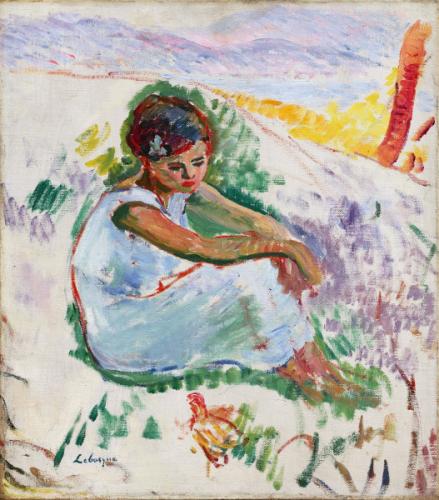
Happy Birthday Galerie Pentcheff
11 January 2019 - 9 March 2019
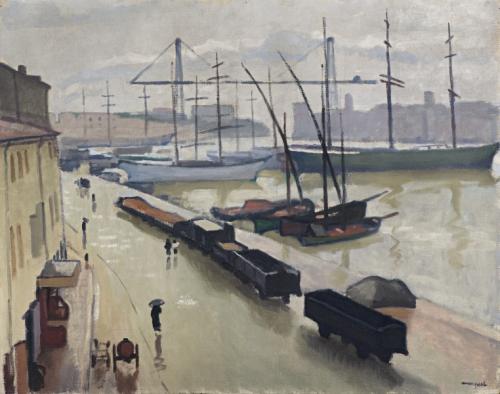
Gallery Reopening
22 October 2015 - 26 February 2016
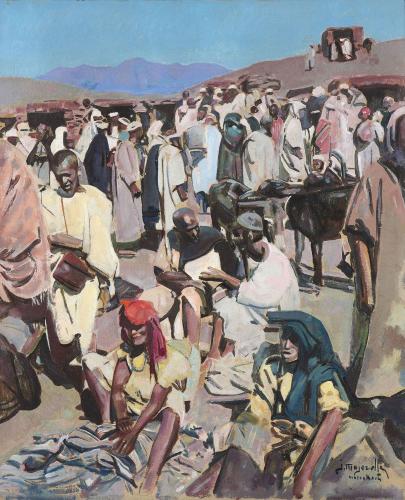
Petits et grands voyages
12 January 2013 - 21 February 2013
